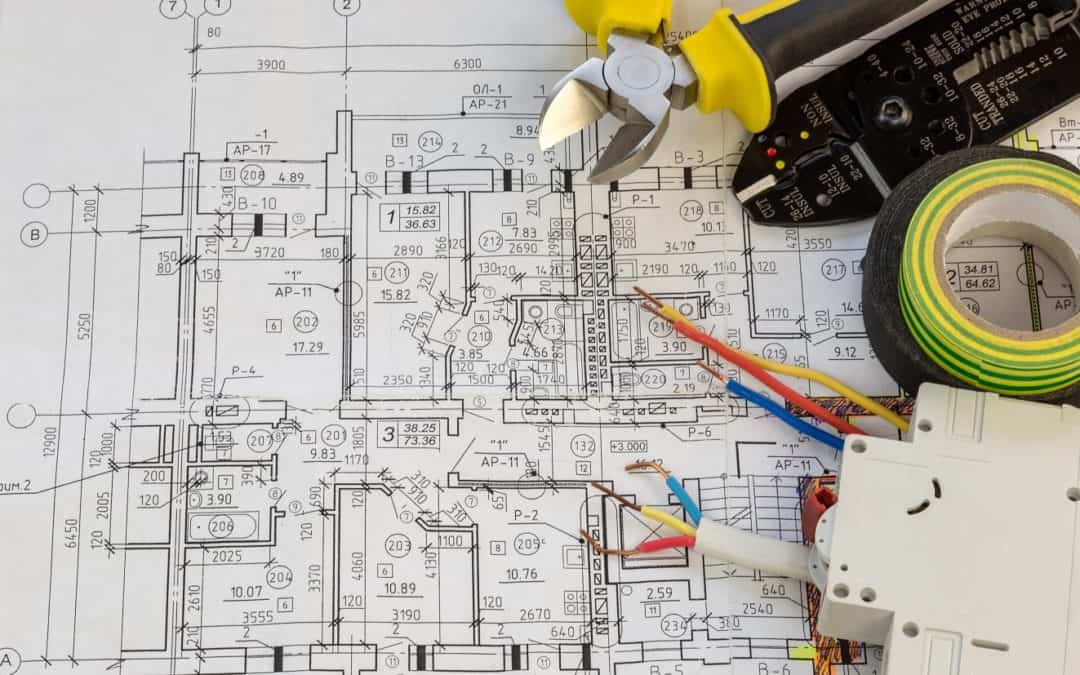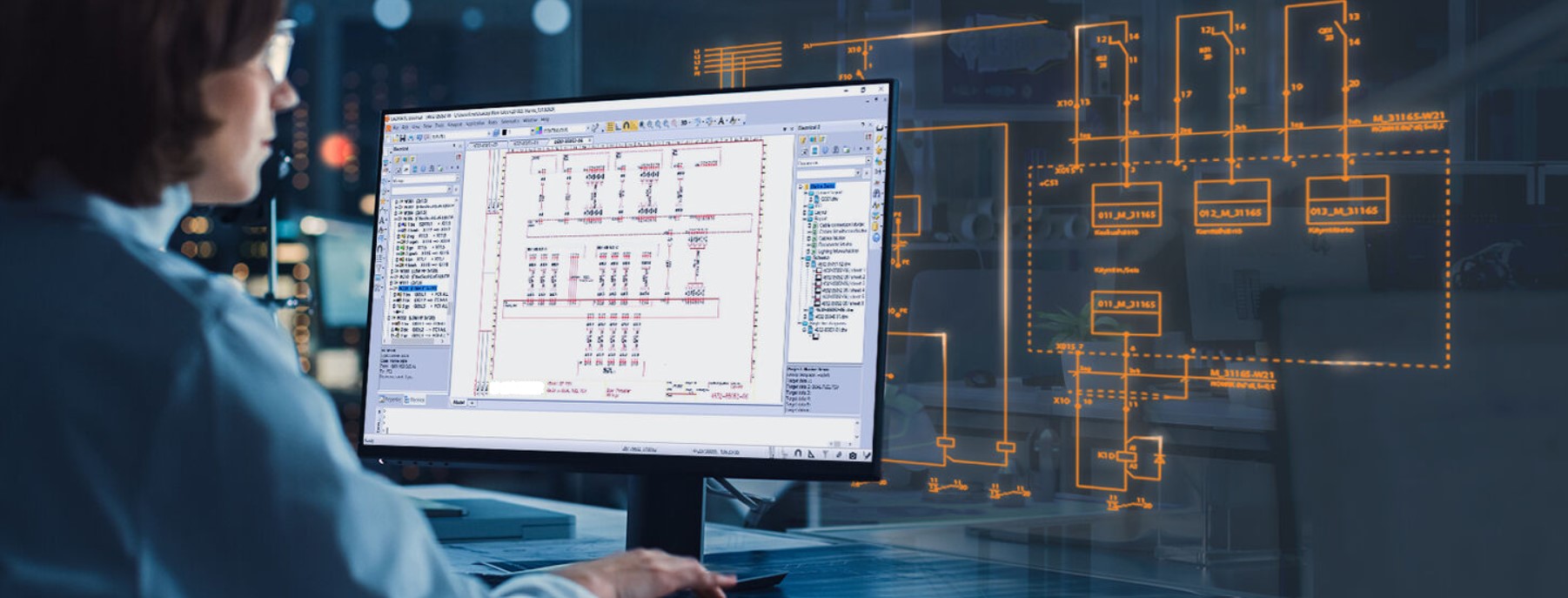Improving Industrial Electrical Design for High-Demand Operations
Improving Industrial Electrical Design for High-Demand Operations
Blog Article
Innovative Electrical Design Providers for Modern Facilities
The advancement of modern-day infrastructure demands cutting-edge electric design solutions that not just boost operational performance but also address sustainability obstacles. As metropolitan settings grow progressively complex, including technologies such as wise grids and renewable resource resources becomes paramount. These improvements not only assure to enhance power intake however additionally foster durability versus future demands. The landscape of electric design is undertaking quick improvement, prompting a better assessment of emerging patterns and their implications for long-lasting infrastructure feasibility. What might the future hold for those who accept these cutting-edge strategies?
Relevance of Cutting-edge Electric Design
Ingenious electrical design plays an important function in modern-day facilities, affecting not only efficiency yet also sustainability. As cities progress and the need for energy rises, the need for sophisticated electric systems becomes critical. These systems need to not just meet existing needs yet additionally prepare for future growth and technological improvements.
A well-executed electrical design can dramatically minimize energy usage, therefore decreasing operational expenses and lessening environmental effect. By integrating sustainable energy resources, such as solar panels and wind generators, ingenious styles can improve power self-reliance and resilience. In addition, wise grid innovations enable for real-time monitoring and management of power distribution, maximizing efficiency and decreasing waste.
Safety is another critical facet of electrical design. Carrying out sophisticated technologies and strenuous standards can mitigate threats connected with electric failings, guaranteeing a safe and secure atmosphere for organizations and locals alike. Additionally, innovative styles promote adaptability, permitting facilities to incorporate arising modern technologies flawlessly.
Trick Patterns in Electric Design
As the landscape of electric design proceeds to develop, several vital fads are shaping the future of the market. One considerable trend is the integration of clever innovation into electric systems. The proliferation of the Web of Points (IoT) has actually allowed real-time tracking and control of electrical gadgets, boosting effectiveness and promoting anticipating maintenance.
An additional fad is the expanding emphasis on modular design. This technique enables adaptable and scalable options, enabling facilities to adjust to transforming requirements without comprehensive renovations. Additionally, using advanced simulation devices and Structure Details Modeling (BIM) is coming to be increasingly widespread, streamlining the design procedure and boosting partnership among stakeholders.
Moreover, advancements in materials scientific research are leading to the development of lighter, more long lasting, and energy-efficient elements. This development is especially essential for high-performance buildings and facilities jobs.
Finally, there is a significant change towards data-driven decision-making - industrial electrical design. Leveraging information analytics aids developers maximize systems for performance and cost-effectiveness. With each other, these patterns symbolize a transformative era in electrical design, improving capability, sustainability, and durability in modern framework
Lasting Power Solutions
Sustainable power options are progressively coming to be a crucial emphasis in electrical design, mirroring a more comprehensive commitment to environmental obligation and resource performance. These solutions intend to minimize ecological influence while maximizing power consumption in various infrastructures, from domestic buildings to large commercial centers.
Among the primary methods entails the combination of renewable energy resources, such as solar panels and wind turbines, into electrical systems. This not only try this site lowers reliance on nonrenewable fuel sources yet additionally boosts energy resilience. Furthermore, cutting-edge energy storage space systems, such as sophisticated batteries, allow efficient management and distribution of energy, guaranteeing that excess power generated during top production can be utilized during high demand periods.
In addition, energy-efficient design methods are being embraced to boost total system efficiency. This consists of making use of energy-efficient lights, cooling and heating systems, and clever building technologies that keep track of and adjust power usage based upon tenancy and environmental problems.
Smart Grid Technologies
The execution of lasting power remedies normally brings about the expedition of smart grid innovations, which play a crucial duty in updating electrical systems. Smart grids utilize advanced interaction technologies and information analytics to improve the integrity, performance, and sustainability of power circulation. By integrating digital modern technology with standard grid facilities, these systems assist in real-time surveillance, automated control, and enhanced decision-making capabilities.
Among the crucial functions of smart grids is their ability to suit renewable resource sources, such as solar and wind power. This flexibility not only reduces dependence on nonrenewable fuel sources yet also enables for a much more decentralized energy manufacturing design. Smart grids enable need action programs, where consumers can adjust their power usage based on real-time prices, thereby advertising energy preservation and minimizing peak load needs.
Additionally, smart grid technologies boost grid durability by enabling quicker identification and resolution of failures, ultimately decreasing downtime. With predictive maintenance and analytics, energies can optimize operations and improve solution shipment. As areas and cities continue to progress, clever grid technologies are vital for constructing a sustainable and reliable electric infrastructure that satisfies the demands of contemporary culture.

Future-Proofing Infrastructure
To make certain lasting viability and adaptability, future-proofing framework is crucial in the quickly evolving landscape of electric design services. As technology developments and energy needs change, it is vital that electric systems are designed with flexibility in mind. This requires integrating scalable solutions that can fit future upgrades without demanding substantial overhauls.

In addition, sustainability needs to be a keystone of future-proofed layouts. Utilizing renewable resource resources, such as solar and wind, and enhancing power effectiveness lower dependency on fossil gas, lining up with global efforts to fight climate change.
Verdict
To conclude, ingenious electric design solutions play a crucial function fit contemporary framework. By focusing on versatility, performance, and sustainability, these solutions attend to the evolving demands of power systems. The combination of wise grid innovations and lasting energy solutions improves resilience and decreases functional costs. Future-proofing infrastructure via innovative simulation devices and modular approaches guarantees informative post that electrical systems continue to be receptive to changing demands, inevitably adding to a much more energy-independent and sustainable future.
A well-executed electric design useful content can substantially minimize power consumption, therefore lowering operational expenses and reducing ecological impact. By integrating sustainable energy resources, such as solar panels and wind turbines, innovative styles can boost power independence and resilience. Furthermore, innovative energy storage systems, such as innovative batteries, make it possible for effective administration and circulation of power, ensuring that surplus energy created during top manufacturing can be utilized throughout high demand durations.
Clever grids make it possible for demand reaction programs, where consumers can readjust their energy usage based on real-time pricing, thus advertising power preservation and reducing peak lots needs. (electrical design services)
As modern technology advances and energy needs shift, it is essential that electrical systems are developed with adaptability in mind.
Report this page